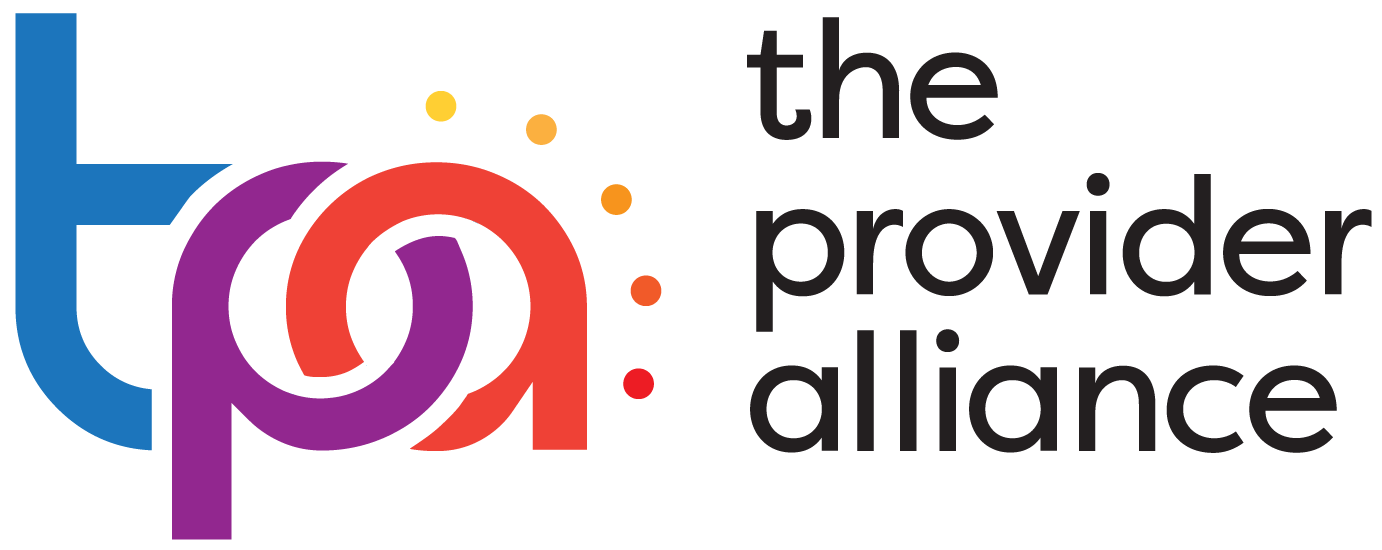The U.S. Census Bureau recently released its annual reports on poverty, income, and health insurance for 2022.
Key findings relevant to aging and disability networks included:
- Of the more common subtypes of health insurance coverage, employment-based insurance was the most prevalent, covering 54.5% of the population for some or all of the calendar year, followed by Medicaid (18.8%), Medicare (18.7%), and direct-purchase coverage (9.9%).
- Between 2021 and 2022, the rate of Medicare coverage increased by 0.3 percentage points to cover 18.7% of people. This increase was in part due to growth in the number of people age 65 and older.
- The uninsured rate (the share of persons with no health insurance coverage over the full year) fell last year by 0.4 percentage points, to 7.9 percent, matching the 2017 historic low.
- The share of the population with government health insurance (for some or all of the year in each case) increased by 0.4 percentage points last year, from 35.7 percent to 36.1 percent, while the share with private health insurance decreased by 0.3 percentage point from 65.9 percent to 65.6 percent.
- Supplemental Poverty Measure (SPM) rates also increased for 18- to 64-year-olds and people age 65 and older.
These findings come from three Census Bureau reports: Income in the United States: 2022, Poverty in the United States: 2022, and Health Insurance Coverage in the United States: 2022.
Click here to view the U.S. Census Bureau’s complete summary.

